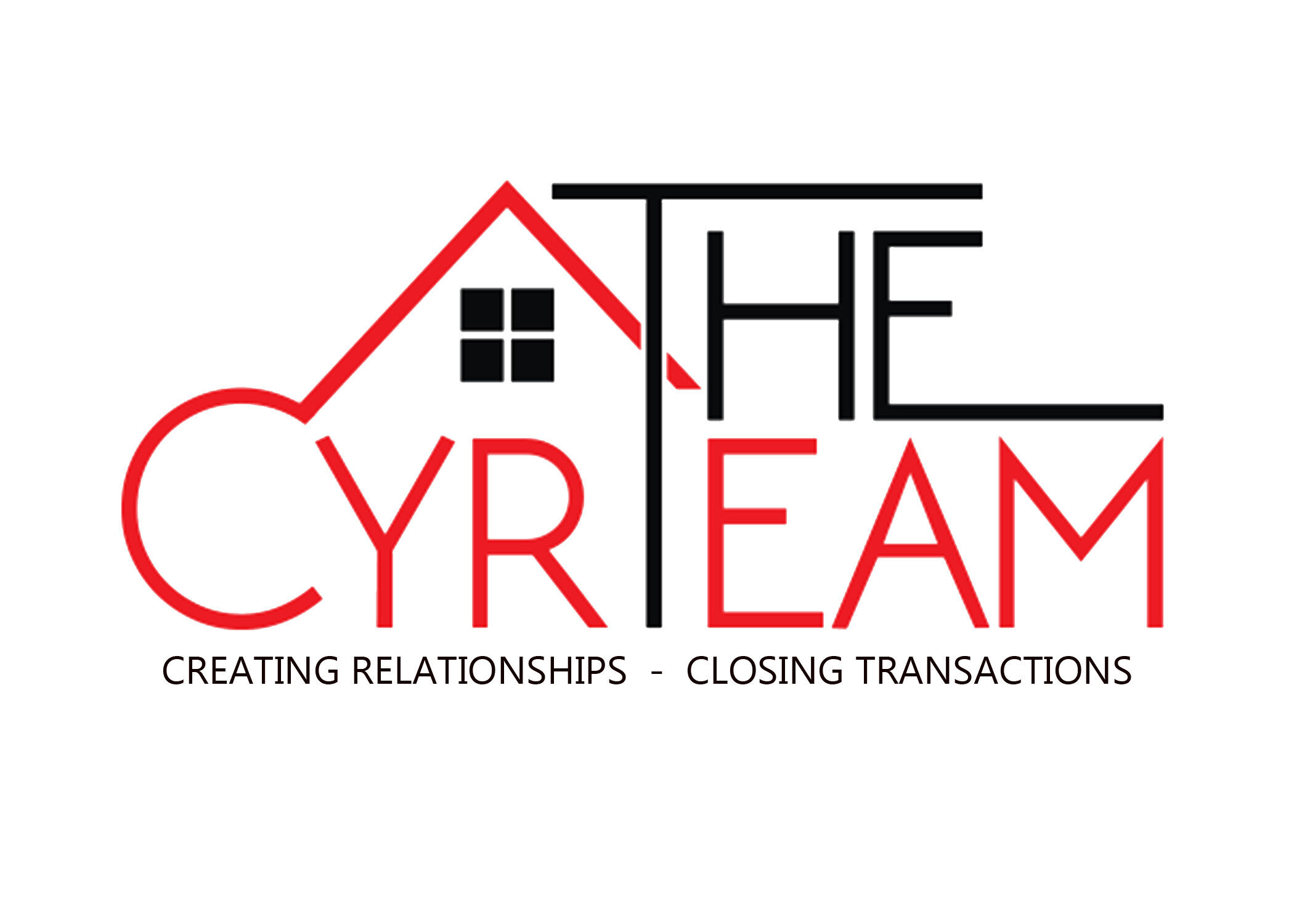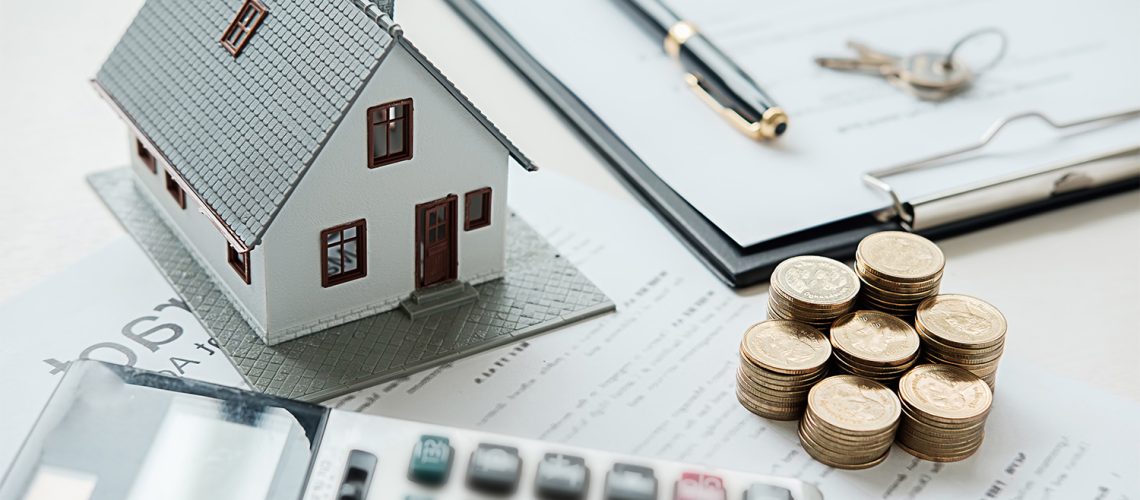If you are planning to buy or sell a home (or both) in the near future, it’s always a good idea to keep your eye on mortgage rates. Understand the trends, project potential rate changes and know how they will affect your move. Mortgage interest rates have a significant impact on the real estate market.
Some effects are short-term as rates will naturally rise and drop throughout the year. Minor movement won’t shake up the housing industry too much. Large spikes upward or downward will obviously get more attention. However, it’s mainly the long-term trajectory of interest rates that will have the biggest impact for both home buyers and sellers.
Historically low interest rates in the past couple years—along with other housing factors—have led to a strong seller’s market. While low housing inventory will continue, and hence, favor sellers, we do expect the market to level out some heading into 2022. Rising mortgage rates could be at the center of the trend. Let’s take a look at how mortgage rates affect home buyers and home sellers in different, yet related, ways.
How Mortgage Rates Affect Home Buyers
As you might expect, mortgage interest rates have a very direct impact on home buyers and how much house they can afford. A lower interest rate means that the buyer’s money goes further. It means the borrower will be paying less overall interest compared to the principal amount of the loan. Think of interest in the mortgage payment as the monthly cost of using the lender’s money. The higher the interest rate, the more it costs you to use that money.
Let’s say you are buying a house for $350, 000 with 20% ($70,000) down. You will be borrowing $280,000. You get a 30-year fixed-rate loan locked in at 2.75%. Over the life of that loan, you will pay $131,521 in interest. Your monthly payment (principal and interest) would be $1,143. In that amount, the monthly costs of using the money will start at $641 per month.
Take the same mortgage loan amount and apply a 30-year fixed rate of 3.5%. A .75 percent increase in interest rate equates to more than $40,000 more in amortized interest payments ($172,726 total). The monthly principal and interest would be $1,257 and the monthly costs of using the money will start at $816 per month
At 4%, the principal and interest become $1,336—$200 more per month ($2400/yr.) than 2.75%.
A majority of home loans these days are fixed-rate loans as locking in low, long-term rates makes sense. As a home buyer, you will want to talk with your mortgage lender to determine which loan program will benefit you most. Understand the amortization schedule, monthly mortgage payments and long-term impact of your interest rates as the market fluctuates over time. It’s all about how rates impact the monthly payment.
How Mortgage Rates Affect Home Sellers
Home sellers have benefitted greatly from low mortgage rates in recent years, especially when combined with low housing inventory. Attractive interest rates help boost buyer demand because houses appear affordable even if prices go up. There are more buyers than houses available for sale. Those who do sell their homes (and who take the time to prepare their property for maximum market value) have experienced multiple offers and selling prices above asking. Even if they aren’t seeing bidding wars on their properties, they have benefitted from an overall increase in home prices. Property values have been going up dramatically these past few years for three key reasons:
- Buyers can afford more with lower mortgage rates
- Fewer homes on the market drives more buyer competition for each property
- A shortage of homes is expected to continue
When mortgage rates rise, home price appreciation rates will generally slow down. Eventually, the scales could tip completely and make it a buyer’s market. This is when the housing supply outweighs the buyer demand. Higher mortgage rates can decrease buyer demand, or at the very least hinder how much they can afford. If buyers can’t get (or don’t want) larger mortgage loans, then home prices surely aren’t going to keep increasing at continued rates.
Looking Ahead
The question is what can we expect heading into 2022? What will mortgage rates, buyer demand and home prices look like this time next year? Most economic experts anticipate mortgage rates continuing a slow-but-steady rise. Home price appreciation rates could decrease as buyer demand drops. We’re probably a long way from a full-on buyer’s market. It will be more of a slow burn and a gradual leveling out to a more traditional real estate market where buyers and sellers might be on more equal footing.
Only time will tell. Whether you are buying or selling real estate, understand how mortgage rates will affect your finances now and in the future. Talk with your mortgage lender. Consult with your real estate professional. Make the right decisions and time your big moves accordingly.
For help with all your real estate needs in the Southeastern Pennsylvania or Northern Delaware areas, contact The Cyr Team today.

